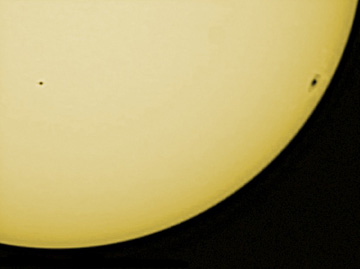 |
||||||||||||||||||||||||||||||||||||||||||||||||||||||||||||||||||||||||||||||||||||||||||||
|
If you have trouble viewing this newsletter, click here. Welcome again to our monthly newsletter with features on exciting celestial events, product reviews, tips & tricks, and a monthly sky calendar. We hope you enjoy it!
They started falling the moment I finished raking leaves in the back yard. Little frozen white stars. Snowflakes. For me, winter arrived this year on the fifth of November. For many folks, the first fall of snow signals the start of winter. But the calendar says otherwise. It says winter officially begins this year at precisely 7:22 p.m. EST on December 21. What’s with that? The winter solstice, that’s what! It’s a celestial event tied to the yearly orbit of Earth around Sun, and it is a linchpin of our calendar. “Without the practical benefits that astronomy supplied, it might not have been possible to have civilization at all,” says Dr. E. C. Krupp in his book In Search of Ancient Astronomers. He goes on to explain that the calendar is, “the device that permits complex organization of a culture, the device that rules the exchange of goods and services.” This is a powerful statement, but the calendar is a powerful influence on peoples and cultures. And the calendar is driven by the sky, with its daily, monthly and yearly cycles. The summer and winter solstices are key reference points in our calendar, marking the yearly extremes of the Sun’s changing height in the sky at noon. They serve as predictable markers for the swing of the seasons, neatly dividing the year into two equal halves. They bring a sense of order, place and continuity. “Solstice” means literally “Sun stop.” It is the exact moment in the year when the Sun reaches either its greatest northerly or southerly point in its annual motion. From these two points it “turns around” and heads the other way. Let’s back up and explain things a bit. The summer and winter solstices mark the respective maximum and minimum noontime heights of the Sun in the sky (Figures a and b). The changing height of the noontime Sun through the year is a result of Earth’s 23.5-degree tilt on its spin axis. As Earth moves around its orbit, first one and then the other hemisphere tilt toward the Sun (Figures c and d). The hemisphere tipped toward the sun experiences summer; the days are blessed with long hours of sunlight and the noon Sun climbs high in the sky. The hemisphere tipped away from the Sun experiences winter, with fewer daylight hours and a Sun that rides low across the sky. The Sun reaches its minimum noontime height on the winter solstice. This is the shortest day of the year with the least amount of sunlit hours. As such, it also means there’s nowhere to go but up! After the winter solstice, the Sun is a little higher every day at noon. Each successive day has more sunlight – clearly, we’re headed for spring! If that isn’t good cause for celebration, what is? It’s no coincidence that Christmas and Yule celebrate the winter solstice. Ever since there have been people, there have been sky-watchers observing celestial cycles, noting special points in the year. The four chief markers are the two solstices and equinoxes. All over the world, people have marked and celebrated the solstices through time and across cultures. Many major festivals fall near these celestial events. Whether we realize it or not, our civilization is ordered around the happenings in the sky. With the winter solstice, we mark the beginning of the return to summer. It really is the season to be jolly!
The height of the noon Sun on the winter (a) and summer (b) solstices, as seen from 44 degrees north latitude. The actual height of the Sun above your local horizon depends on your latitude, but the total difference between the winter and summer height of the noon Sun, for all latitudes, is 47 degrees.
The seasons are caused by the tilt of the Earth. In the northern hemisphere it is summer when c) the northern hemisphere is tilted towards the Sun and it is winter when d) it is tilted away from the Sun. When it is summer in the northern hemisphere, it is winter in the southern hemisphere and vice versa. All diagrams made with Starry Night® software. Mary Lou Whitehorne
It's getting to be the time of the year again when gifts are exchanged. Often people are puzzled about what to give the amateur astronomer in the family. Below is a compilation of items in the Orion wish book, I mean catalog, which I either own myself or wish I did. Some are specialized for certain types of telescopes, but most are useful to all. This is my own personal selection of the most useful and fun accessories to enhance your viewing pleasure. Following my list of stocking stuffers is a list of special holiday packages that offer discounts on popular items. Now, here's what you do. Print out this list, and mark on it in bright red marker the items you'd particularly like to receive. Then leave it somewhere casually around the house for others to find. Good luck! $9.95 #17189 $9.95 #04110 $9.95 #17228 $9.95 #17208 $9.95 #17176 $9.95 #17169 $14.95 #04150 $16.95 up #04203 $17.95 #05755 $20 to $30 $24.95 and up #05973 $24.95 #14008 $24.95 #51315 $25.95 #05756 $29.95 #20034 $29.95 #07033 $30 to $40 $32.95 #15178 $34.95 #03515 $34.95 and up $39.95 and up #05935 $39.95 #03640 $40 to $50 $42.95 and up #08732 $44.95 #59133 $48.95 #05155 $49.95 and up $49.95 and up #05595 $49.96 and up #07826 Special Holiday Software and Telescope Packages $224.95 #24740 $899.95 #24741 $1299.95 #24743 Special Holiday Software Packages $269.95 #24745 $609.95 #24744 Have a happy holiday! Geoff Gaherty |
Dec 2006
|
|||||||||||||||||||||||||||||||||||||||||||||||||||||||||||||||||||||||||||||||||||||||||||
|
When you are ready to buy a telescope, purchase from a reputable company with excellent customer service. Okay, we’re biased, but we think Orion® Telescopes and Binoculars will be your best and safest one-stop astronomy shopping center. They have legendary customer service and technical support, and a range of products from beginner to expert. To make your choice easier, Orion® Telescopes and Binoculars has an online Product Selection Wizard that will ask you basic questions and provide you with a list of telescopes suitable for your particular needs. Another option is to visit a telescope dealer in person. There are some great telescope stores out there, and if you find a good one close to you, it will be an excellent source of advice and equipment. Get in touch with your local Astronomy club for a recommendation. Whatever you do, avoid buying a telescope from any store whose primary business is not astronomy. Avoid department stores, discount stores, nature stores, and the like. Also avoid online auction sites unless you really know what you're doing. Good luck, happy shopping, and clear skies! Starry Night® Team |
||||||||||||||||||||||||||||||||||||||||||||||||||||||||||||||||||||||||||||||||||||||||||||
|
Binoculars are one of the most useful tools in an amateur astronomer’s arsenal. They provide spectacular wide field views of the Milky Way and large deep sky objects like the Pleiades star cluster, the Andromeda Galaxy, and the Double Star Cluster in Perseus. The most useful binoculars are those with relatively low magnification, such as 7x50 and 10x50. The first number is the magnification; the second the diameter of the objectives in millimeters. These can be hand held by most people and, under a dark sky, can provide hours of observing enjoyment. There are also larger binoculars which are more specialized instruments. These generally need to be mounted on a tripod to be steady enough for use. Binoculars as large as 25x100 (equivalent to two 4” refractors!) are now available at very reasonable prices. Geoff Gaherty |
||||||||||||||||||||||||||||||||||||||||||||||||||||||||||||||||||||||||||||||||||||||||||||
|
Download the Universe to your desktop quickly and easily! The new and improved Starry Night® Digital Download Version 6 is the best and fastest way to see spectacular celestial sights all year round. No waiting in line and NO SHIPPING FEES! Check out these five ALL-NEW Data Modules:
Already own Digital Download version 5?
For example, if you have previously purchased the SkyGuide Data Module, there’s no need to purchase the Version 6 SkyGuide Data Module. The Data Module will be automatically copied when you install he Digital Download Version 6 Core Application Upgrade. Remember, you must have the Version 6 Core Application or the Version 6 Core Application Upgrade in order for the Version 6 Data Modules to work. Upgrade for only $10 — then choose the data modules you want to add!
|
||||||||||||||||||||||||||||||||||||||||||||||||||||||||||||||||||||||||||||||||||||||||||||
|
M77 is a 9th Magnitude spiral galaxy, one of the first recognized spiral galaxies, and the closest and brightest of Seyfert galaxies (their central regions having rather bright nuclei whose light output varies over time and atypical spectra with unusual emission lines). NGC 936 a faint galaxy best viewed with averted vision. NGC 246 a large and reasonably bright planetary nebula (the last breath of a dying star) with an irregular "surface texture". While technically in the constellation Sculptor, NGC 253, the Sculptor Galaxy, is a remarkable spiral galaxy with an unusually high rate of star formation. It's the brightest member of the Sculptor group, a group of galaxies centered around the south galactic pole. A small telescope reveals a long bright haze intermingled with brighter regions and dark lanes. Due to its high surface brightness it takes magnification quite well. Sean O'Dwyer |
||||||||||||||||||||||||||||||||||||||||||||||||||||||||||||||||||||||||||||||||||||||||||||
|
November 08, 2006 Mercury Transit by Jeffrey M. Phillips Details: Imaged with a Celestron NexImage through a generic short tube 80 (80mm f/5 achromat) using an Orion solar filter, piggybacked on a LX200 Classic. Approx. 350/500 frames stacked in Keith's Image Stacker, with final processing in Adobe Photoshop CS2.
PRIZES AND RULES: We would like to invite all Starry Night® users to send their quality astronomy photographs to be considered for use in our monthly newsletter.
Please read the following guidelines and see the submission e-mail address below.
|
||||||||||||||||||||||||||||||||||||||||||||||||||||||||||||||||||||||||||||||||||||||||||||
 |
||||||||||||||||||||||||||||||||||||||||||||||||||||||||||||||||||||||||||||||||||||||||||||
|
Details about Special Offer All prices are quoted in USD. Sale prices and special offers are not valid on previous purchases. FREE Year in Space 2007 Calendar with Starry Night® Version 6 new purchases and upgrades is valid while supplies of the Year in 2007 Calendar last. To receive the Year in Space 2007 Calendar for free, you must ADD the FREE Year in Space 2007 Calendar from the "May we also suggest" section of your shopping cart before Checkout. Limit 1 calendar per 1 Starry Night version 6 order. Sale price of $34.95 for Starry Night® Complete Space & Astronomy Pack is not valid on previous purchases. Free Standard Shipping to US and Canada on orders over $50. Free standard shipping applies to all items on StarryNight.com and expires 11:59 PM EST December 15, 2006. Minimum purchase of $50 is required. The Free Standard Shipping offer is not valid with other offers or for previous or existing orders. Offer does not apply to additional shipping charges for heavy or oversized products, for expedited shipping, or for surcharges for Hawaii, Alaska, Puerto Rico or Canada. This offer does not apply to international orders. |
||||||||||||||||||||||||||||||||||||||||||||||||||||||||||||||||||||||||||||||||||||||||||||
You have received this e-mail as a trial user of Starry Night® Digital Download
or as a registrant at starrynight.com. To unsubscribe, click here.
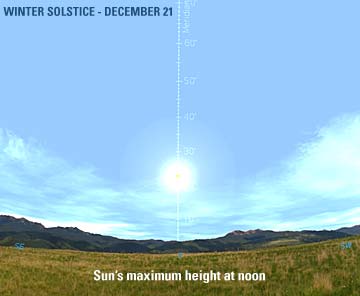
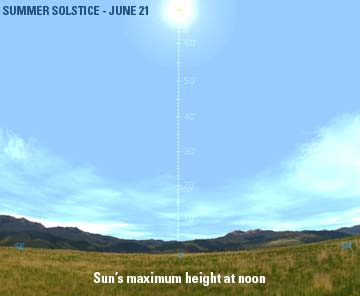
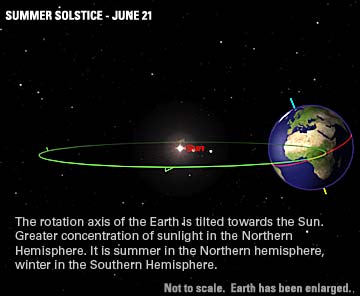
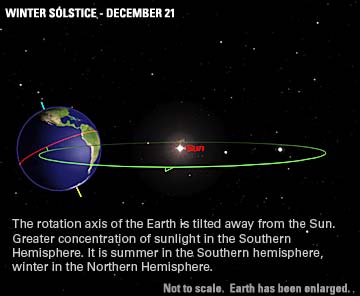
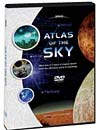
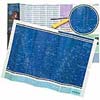
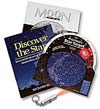
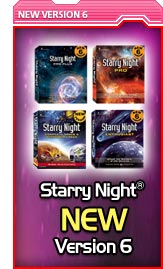

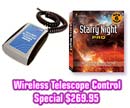



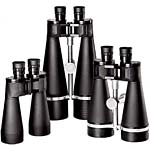
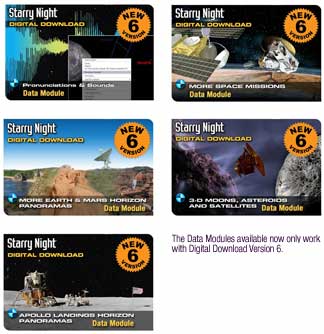
 Upgrade from Digital Download Version 5 to Version 6, and the Data Modules you previously purchased will be automatically copied over to the new Digital Download Version 6 application.
Upgrade from Digital Download Version 5 to Version 6, and the Data Modules you previously purchased will be automatically copied over to the new Digital Download Version 6 application.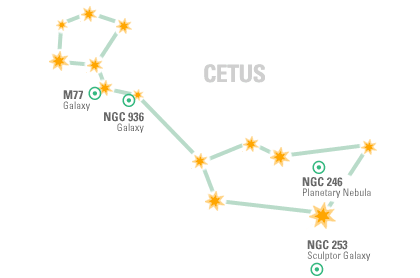 Lying far from the galactic plane (which contains so much obscuring matter) Cetus, representing the gates of the underworld, is home to many observable galaxies.
Lying far from the galactic plane (which contains so much obscuring matter) Cetus, representing the gates of the underworld, is home to many observable galaxies. 